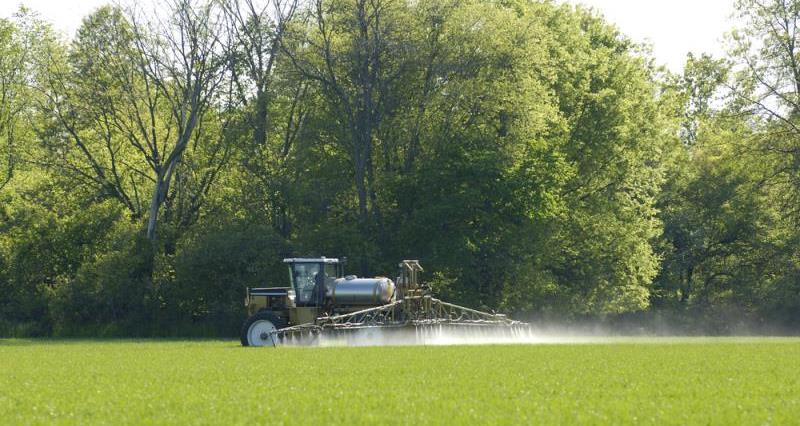The aim:
More efficient nutrient management to reduce greenhouse gas emissions, through better fertiliser application and management of manures.
The actions:
- Test your soil to identify any factors limiting nutrient uptake and leading to increased emissions
- Develop a nutrient management plan to make best use of resources across the farm.
- Matching inputs to crop demand should minimise nutrient use and loss as emissions.
The results:
For the business:
- Reducing nutrient loss from soils and manure means more nitrogen available to soil to support crop and grass yield and quality.
- Savings on inputs through reduced need for inorganic fertiliser.
- Time and money saved through only applying nutrients where and when needed.
For Net Zero:
- Efficient use of fertiliser leads to reduced reliance on manufactured products. The production processes for manufactured fertilisers containing N, P and K can often be energy- and emissions-intensive, with GHG emissions resulting from the use of fossil fuels and the escape of nitrous oxide. More detailed information on the carbon footprint of the global fertiliser industry can be found in the Yara Fertilizer Industry Handbook. It is crucial to apply your fertiliser in the right place, at the right time and in the right way. This maximised the uptake of fertiliser by the plant and minimises the risk of denitrification.
- Minimised nitrous oxide (N2O) emissions from soils. GHG emissions can also come from manure and slurry which is applied beyond the need of the crop, or not incorporated into soil quickly. Denitrification can cause nitrogen from both manufactured and organic fertiliser to enter the atmosphere as N2O; a greenhouse gas 300 times more potent than carbon dioxide.
CFE’s partner‑initiative Tried &Tested provide free, practical guidance on nutrient planning and application, as well as templates for Nutrient Management Plans. Some useful free resources to help get started include:
- New to nutrient management guide
- Nutrient management plan booklet
- AHDB Nutrient Management Guide (RB209)
Actions |
Cost |
Time |
| Building soil fertility by using cover crops and legumes, incorporating organic materials (composts, manure and digestates) into soils, reduces the need for inorganic fertilisers. | £/ |
|
| Timing and conditions – Time nitrogen fertiliser application to coincide with periods of rapid crop growth, ensuring crops make best use of the nitrogen applied, reducing losses. Applying fertiliser in waterlogged, warm or wet soils, or in windy conditions can increase nitrogen emissions and loss. |
|
|
| Nitrification or urease inhibitors can delay the release of nitrate from fertiliser>, reducing N2O and NH3 emissions. They can be added to liquid fertilisers prior to application or sprayed onto soil prior to spreading solid fertilisers. | £/ |
|
| Ensure manure or organic material is rapidly incorporated into soils as soon as possible to reduce nitrogen losses (within six hours for liquid materials and 24 hours for solid materials to tillage land). | ||
| Manure and slurry covers reduce nitrous oxide and ammonia emissions. Having sufficient storage gives greater flexibility of application to apply in favorable conditions. Applying slurry in spring can reduce emissions by 50%. Click here for more information on manure management. |
£/ |
|
| Precision application techniques only apply nutrients where they are needed and reduce emissions, by minimising the surface area of slurry that is exposed to the air. These include band spreading, trailing shoe applicators and shallow injection systems. For liquid materials this can reduce ammonia emissions by 30-70%, leaving more nitrogen available for crops. |
|
|
| Regularly maintain and service spreaders and sprayers. Calibrate spreaders for rate of application every spring and whenever the fertiliser type is changed. Catch‑trays can be used to check spreading is uniform, reducing nutrient waste. | £/ |
